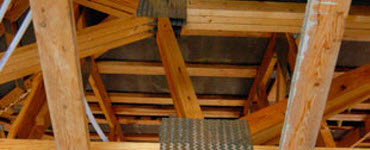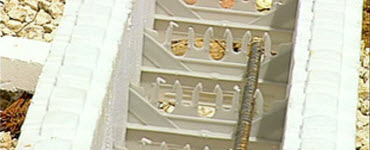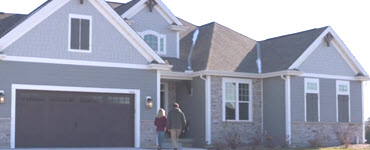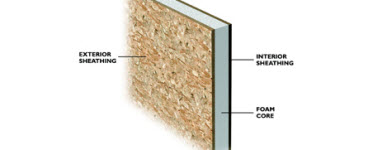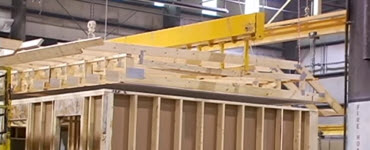Energy rater and performance consultant
Builders enlist help from energy raters and performance consultants to create the most energy-efficient house plans. This process starts with the framing, by looking for gaps and holes which occur due to wood not being uniform.
In phase two, they check insulation to ensure there is enough and that all the walls and the attic are properly covered.
In the final phase, devices are used to perform a multitude of tests to measure the energy efficiency of the house before the homeowner closes on their new home. Many energy-efficiency problems can be fixed by the builder before the closing date.
In this video: See how involving an energy rater during the planning phase ensures an energy efficient outcome for a new home.
Home Energy Rating System (HERS)
More from this category
Green home construction
More builders are offering sustainable choices in new home construction. Find out what's available and how it impacts the earth and the bottom line.
Roof and attic
Your roof and attic play the most crucial role in your home's energy efficiency system, reducing your energy costs during the winter and summer.
Insulated concrete forms
An insulated concrete form (ICF) system eliminates the cold drafts typical of wood-frame construction.
Net Zero Community
Check out a new neighborhood concept and see how one builder is changing the way homes are built with a goal to use zero energy.
Trombe wall
Using the sun's stored energy to heat your home reduces your conventional energy consumption.
Building an energy-smart house
Structural insulated panels
Structural insulated panels, also called SIPs, foam-core panels or stress-skin panels, are significantly more airtight than stud walls.
Modular homes
Modular homes are built in a factory under controlled conditions, then shipped to the homesite and placed on a permanent foundation.



